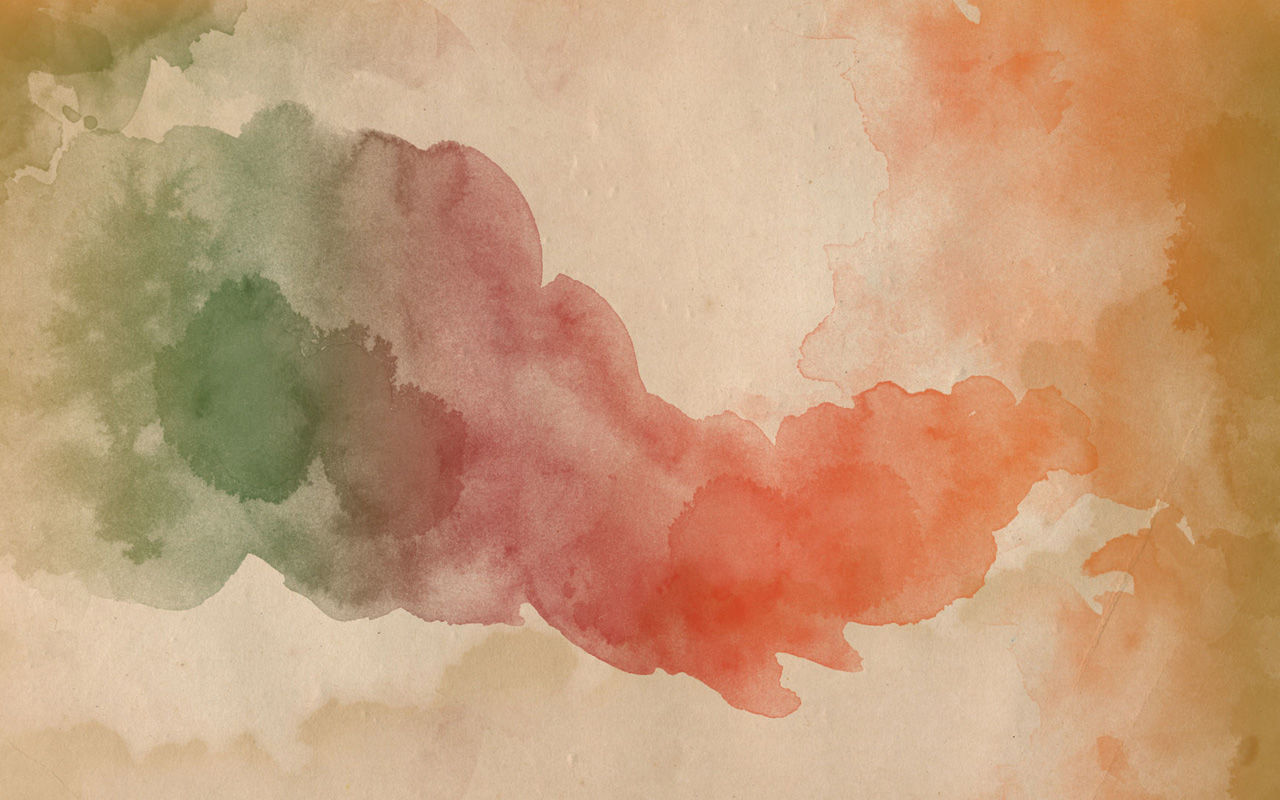
Mandarin in Taiwan vs. Mandarin in China
There are roughly 1 billion native Mandarin speakers around the world. While these people can communicate with each other without boundary, the way they use this language differs due to many factors, such as history, geography, customs, etc. China, as well as Taiwan, uses Mandarin as official languages. However, Mandarin in these two places has developed differently. There are several aspects we can compare and discuss between them.
Firstly, the writing systems of Mandarin have developed into 2 types, China uses the simplified characters whereas Taiwan uses the traditional characters. China changed the traditional characters into the simplified characters in order to make it easier for people to learn Chinese and improve their literacy. While simplified ones is said to be learned more easily, some people claim that the traditional ones Taiwanese people use retain the traditional beauty as well as passing down the tradition of Chinese culture. With fewer strokes, the simplified ones are recognized easily. Thus, the different writing systems can be the most distinctive feature for people making an effort to distinguish the Mandarin used in China and Taiwan.
Second, the vocabularies used in these two places also differ a lot. For example, Taiwanese call a taxi driver “sī jī”, while Chinese call a taxi driver “shī fù”. On the contrary, sometimes one word has two different meanings in these two places. Take “jiǔ diàn” for example. In China, it only means a place which can accommodate tourists, whereas in Taiwan, besides accommodation, it can also refer to “Nightclubs”. What’s more, sometimes these two places name the same thing differently. For instance, salmon is called “sānwényú” in China, while Taiwanese people call it “guī yú”. Taiwanese people might have no idea what “sānwényú” is.
Last but not least, people can easily tell Taiwanese Mandarin from Chinese Mandarin by their intonations. For example, Taiwanese people’s tones are said to be much softer, using sentence ending particles such as “lā”, “ā”, and “bā” frequently, whereas Chinese people use more retroflex sounds like “ér” and speak more clearly.
In sum, Mandarin in Taiwan and China differ in many aspects, such as the writing systems, vocabulary, and the intonation. However, there has long been a debate on which writing system is better. Some Taiwanese people might assert their cultural legitimacy over simplified Chinese. Moreover, some Taiwanese people hate the phrases used by people living in China, such as “shìpín”, which means video, while Taiwanese people call it “ying pian”. However, Taiwanese people might use simplified words like “体” and “国” for their convenience. The intention to judge which one is better may results from the political reasons, for these two regions have been in the political confrontations for a long time. However, I think neither traditional characters nor simplified characters are better. Actually, in the course of time, the so-called traditional characters have been changed, so they are not that “traditional” at all. Since no languages are superior to others, we should appreciate them all and enjoy their uniqueness.